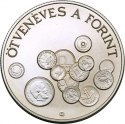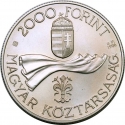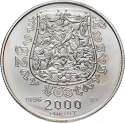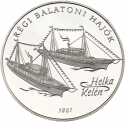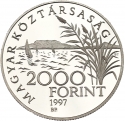You are about to finish your registration. Please check your mailbox (including spam folder). There should be a letter with a confirmation link. Check setting to make sure that your e-mail address is correct.
Send letter againDescription
Baron Loránd Eötvös de Vásárosnamény (or Loránd Eötvös) (1848-1919) was a renowned Hungarian physicist and geophysicist. He made significant contributions to physics and geophysics, notably in gravitational studies and surface tension, and is credited with inventing the torsion pendulum.
Eötvös is best known for his pioneering work on gravitational anomalies and the development of the Eötvös torsion balance, a sensitive instrument for measuring gravitational variations. His experiments with the balance led to the discovery of the Eötvös effect, linking gravity differences to geological variations. His research revolutionized geophysical exploration methods, enhancing our understanding of Earth's internal structure and aiding mineral and petroleum exploration.
Aside from his scientific endeavors, Eötvös was a respected academic, serving as a professor at the University of Budapest. His legacy extends beyond Hungary, with numerous awards, institutions, and scientific concepts bearing his name.
Engraver: György Kiss
Obverse

|
Depicts a carved, ornate table detail on the left side, showing the pendulum designed by Loránd Eötvös in 1898. To the right of the pendulum, in the upper right corner, the portrait of the scientist in his later years is displayed within an ornate frame. Beneath the portrait, (placed diagonally and rising towards the right) Loránd Eötvös' signature can be read. In the lower right part, two rows of years indicating the jubilee anniversary are placed. Eötvös Lóránt |
|---|---|
Reverse

|
Depicts the denomination in the center. Positioned to the right of the denomination is the year of issue, while the mint mark (BP) is visible on the left side. Surrounding the edge of the coin in an incomplete circle is a decorative motif. Above, the country name (Hungarian Republic) is arranged in a semicircular fashion. At the lower center, the designer's privy mark (KYY) can be found. MAGYAR |
| Edge |
2000 Forint
Third Republic
150th Anniversary of the Birth of Loránd Eötvös
KM# 732 Schön# 237 Adamo# EM156
150th Anniversary of the Birth of Loránd Eötvös


